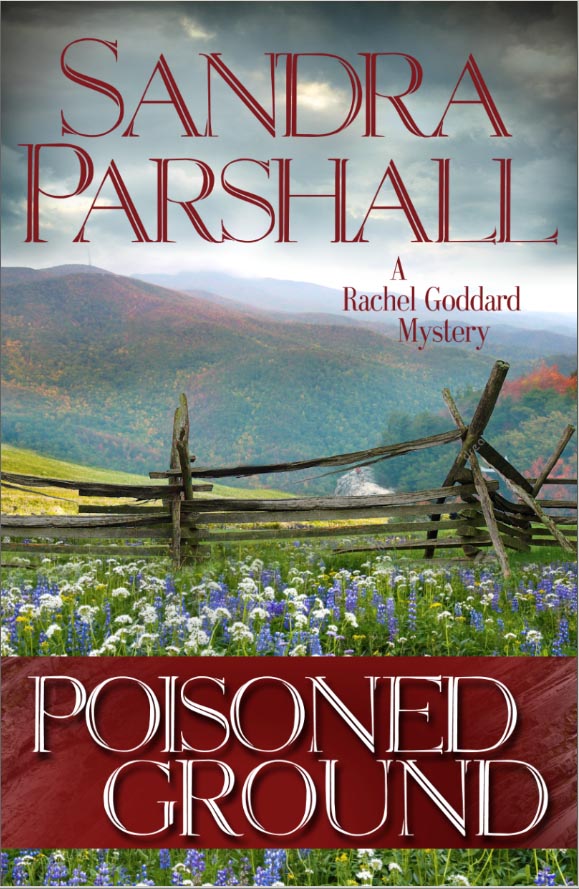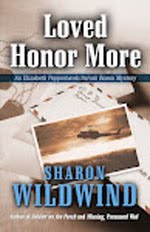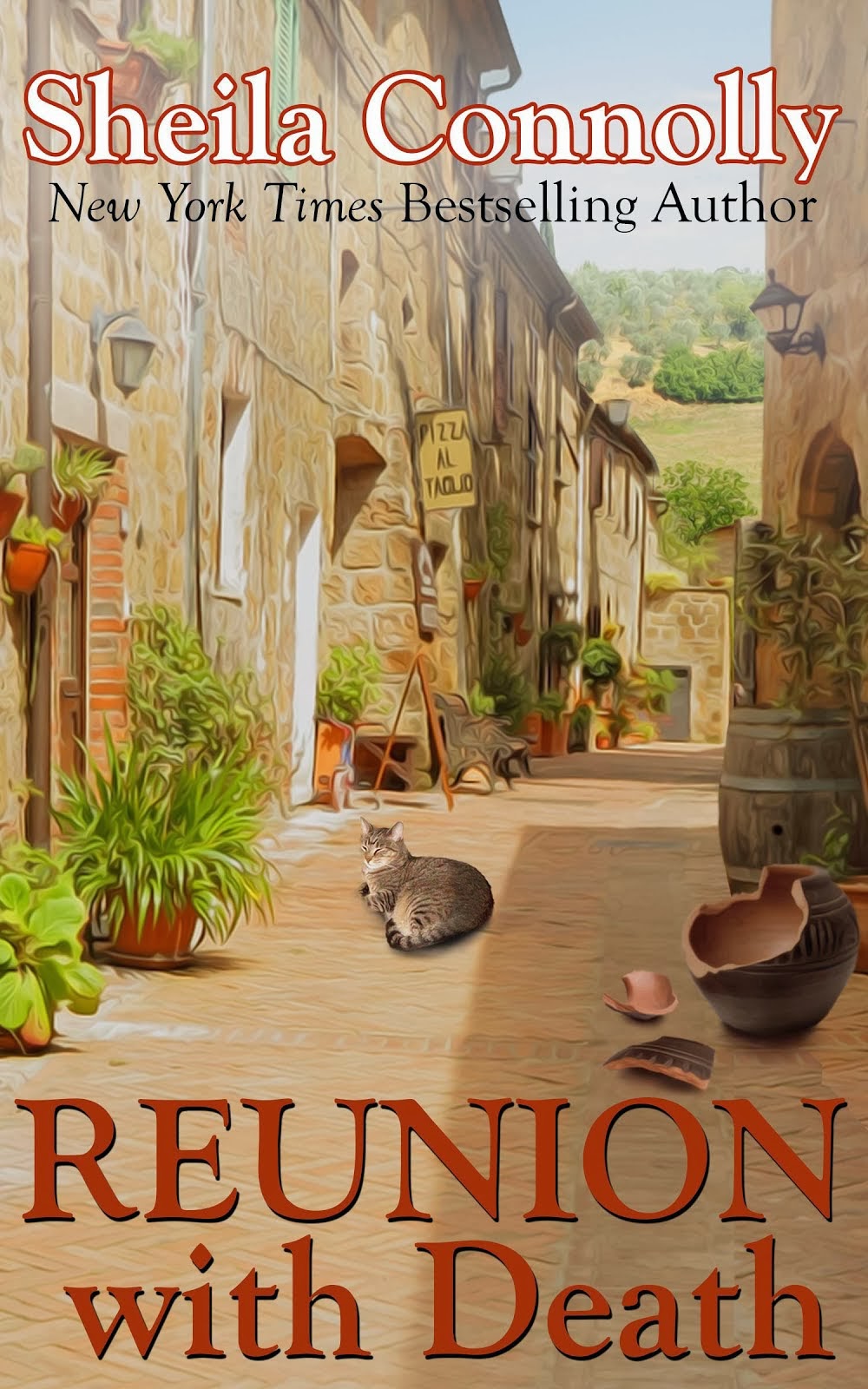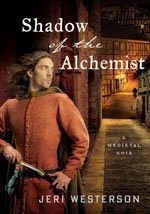by Julia Buckley

You know how literary agents are often forced to tell us, with gentle but firm reminders, how NOT to win their hearts? How we shouldn’t be rude, weird, inappropriate, etcetera? It’s sad that they have to tell us at all, but it is often a necessity.
How do I know, you may ask? I’m not a literary agent. No: but I am a teacher. And each day, in one way or another, I know just how those agents feel.
I recently read an article which suggested that teaching is harder than ever, due not only to the many challenges presented by students, but to the way that e-mail has empowered parents and guardians to be aggressive and even mean in a way they would not be in a face-to-face meeting.
I never experienced that phenomenon more than I have this year, during which I, as the professional, must consistently leave my busy workload and actual meetings with students to respond to the often unwarranted and almost always uninformed letters from angry parents.
Some recent examples include the father whose child’s B+ was so unacceptable to him that he wrote me a furious note, claiming that he wanted it “resolved” within the day, and if not he would meet with the principal and the president of the school.
Another parent wrote me a poorly constructed e-mail two days before an 8-week project was due, telling me that she was “perplexed” by all of my comments on the rough draft (I graded 52 of these, by the way), and that everyone she had showed it to was equally perplexed, and that “I hope you understand, Mrs. Buckley, that writing is very subjective.”
There are more and more of these notes, each week, piling up like letters to Santa. Parents who think I’m unfair. (I’m not, by any reasonable standard). Parents who are sarcastic because they don’t know how to deal with their teens and they latch onto a way to bond: we will hate the teacher together. Parents who blame me for their child's "unacceptable" grade. Parents who think their child should get a good grade even though he is missing twelve assignments.
The saddest recent example was from a parent whose child was failing because she had turned in absolutely nothing. Rather than address the real problem (and there is a real problem if a child cannot function within the school setting) the parent chose to blame me for the entire situation, saying that I “lacked compassion” when I contacted them with the news of imminent failure, and that teachers should take a child’s other stresses into account before labeling them with Fs.
There are several reasons why students earn failing grades.
1) They want them. Many a student who has sat before me is trying to send a message to a parent by refusing to do anything until his mother and father notice him, deal with him, love him.
2) They don’t think there will be consequences.
3) They intend to bring up their grades later. And then it's too late.
In the case of the first example, it is the student’s right to choose failure, and it rarely has anything to do with the things that happen in the classroom, all of which are peripheral to her problems.
In the case of the second example, I sometimes think the biggest favor a teacher can do a student is to let him earn the F and actually give it to him, despite the endless bullying from parents who think their child should not get the grade he has earned.
What would we be teaching children by giving in to unreasonable demands? What message do we send about the real world when we agree that it’s all right if young people don’t meet deadlines? What message does it send to the students who do consistently excellent work, who meet every requirement, when students who do nothing somehow slither into a passing grade?
Parents, wake up. In the modern teaching world, the hardest part of teaching . . . is you.
So agents, I feel your pain, in a slightly different context, every time I get a note that suggests I am missing a big truth, and the e-mailer will now educate me about that truth.
I had a teacher friend who once spoke of the scene in IT’S A WONDERFUL LIFE when Jimmy Stewart is pummeled by the husband of a teacher. Jimmy Stewart yells at this teacher over the phone, and later he meets her husband in a bar and the man punches him in the face.
When I was younger I always felt sorry for Jimmy Stewart in that scenario. But a teacher friend of mine changed my perspective. She said, “I’m glad that man punched George Bailey! Where did he get off making a teacher cry?”
And so I challenge all of you to a deed of Christmas kindness: write to that teacher you loved so well and tell her or him what a great job she/he did. If you have children, I encourage you to write to their teachers, as well, congratulating them for the work they do. More and more teachers , according to the article I read, are leaving their professions because they just can’t take all of the criticism they receive from all sides. It was once, they complain, just about the joy of teaching.
Oh, and while you’re at it, you might write to your agents, too. :)
(The letter pictured is not real, but it's darn close).
















